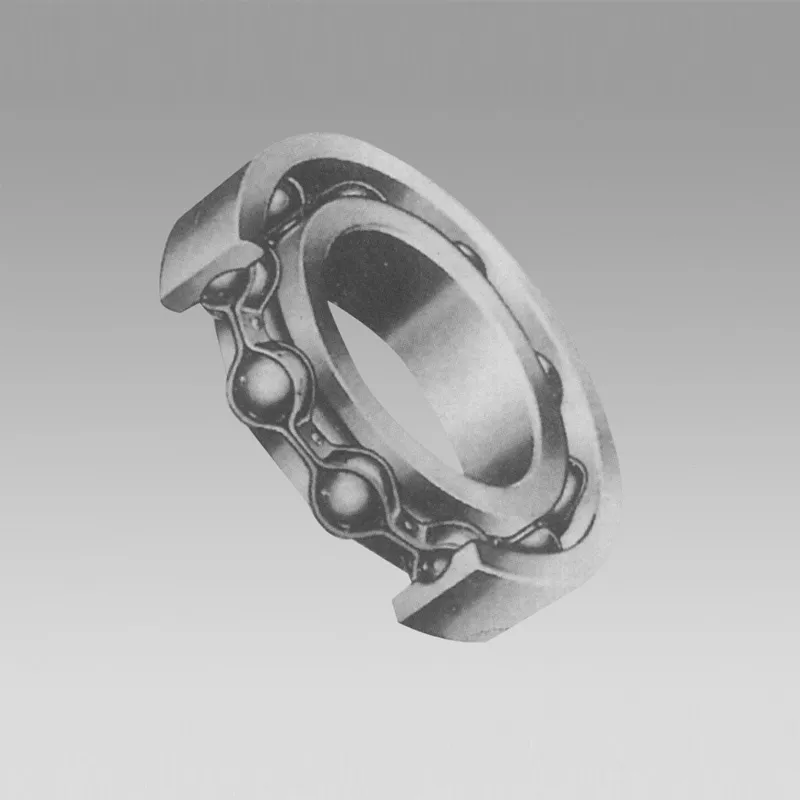
Nov . 24, 2024 17:48 Back to list
Comparison of Deep Groove Ball Bearings and Angular Contact Bearings for Various Applications
Deep Groove Ball Bearings vs. Angular Contact Ball Bearings A Comparative Overview
When it comes to selecting the right type of ball bearing for a specific application, engineers and designers often find themselves weighing the advantages of various bearing types. Two of the most common types are deep groove ball bearings and angular contact ball bearings. Each has distinct characteristics that make them suitable for different operational requirements. This article explores these two types of bearings, highlighting their features, applications, and benefits.
Deep Groove Ball Bearings
Deep groove ball bearings are perhaps the most widely used type of rolling element bearing. They consist of an inner ring, an outer ring, a ball—typically made of steel or ceramic—and a cage to separate the balls. The structure of deep groove ball bearings allows them to accommodate both radial and axial loads, making them versatile.
The primary feature of these bearings is the deep raceway grooves on both the inner and outer rings. This design enables the balls to move within a more significant area, thus allowing for higher load capacities. Additionally, deep groove ball bearings can operate at high speeds and require minimal maintenance. They are often used in applications such as electric motors, pumps, automotive components, and industrial machinery.
One of their significant advantages is their ability to handle misalignment and thermal expansion, which means they can maintain performance even under challenging conditions. Furthermore, these bearings can be sealed or shielded to protect against contaminants, thereby extending their operational life.
Angular Contact Ball Bearings
In contrast, angular contact ball bearings are designed to handle high axial loads. The angularity of the balls in the raceway allows them to support greater thrust loads in one direction. These bearings are typically composed of two rings and a set of balls held together by a cage; however, the cages in angular contact bearings are usually designed to accommodate a tighter fit to prevent movement between the balls and the ring.
Angular contact ball bearings are specially engineered to handle both radial and axial loads simultaneously, but their design caters more specifically to applications where axial loads are predominant. They are often used in high-speed machinery, such as turbines, gearboxes, and machine tool spindles.
deep groove ball bearings or angular contact

One of the notable advantages of angular contact ball bearings is their increased rigidity, which can enhance the accuracy of rotational movement
. Their capability to manage combined loads makes them an ideal choice for setups where axial loading is significant and consistent.Key Differences and Selection Criteria
When choosing between deep groove and angular contact ball bearings, several factors should be considered
1. Load Types If the application primarily involves radial loads with some axial loads, deep groove ball bearings are the better choice. Conversely, if the application involves significant axial loads, angular contact bearings are recommended.
2. Speed Requirements Deep groove ball bearings are typically better suited for high-speed applications, while angular contact bearings may need additional components to support high speeds.
3. Installation Space Deep groove ball bearings usually have a more compact design compared to angular contact bearings, which may require more space for installation due to their larger dimensions.
4. Durability and Maintenance Both types can be sealed or shielded, but deep groove bearings might offer slightly easier maintenance due to their simpler design.
Conclusion
In summary, both deep groove ball bearings and angular contact ball bearings play pivotal roles in modern engineering applications. Understanding their distinct characteristics allows designers and engineers to make informed choices that enhance the efficiency, reliability, and performance of their machinery. Whether it’s the versatility of deep groove ball bearings or the precision handling of angular contact ball bearings, selecting the right type is crucial for optimal operational outcomes.
Latest news
-
Spherical Roller Bearings Applications: Heavy Duty, Self-Aligning
NewsAug.30,2025
-
Premium Deep Groove Ball Bearings | High Speed & Reliability
NewsAug.29,2025
-
Durable Scaffolding Clamps - Secure & Reliable Tube Connectors
NewsAug.28,2025
-
Common Failures in Thrust Ball Bearings and Solutions
NewsAug.22,2025
-
How Tapered Roller Bearings Can Take Shock Loads
NewsAug.22,2025
-
Angular Bearings in High-Precision Spindles
NewsAug.22,2025
